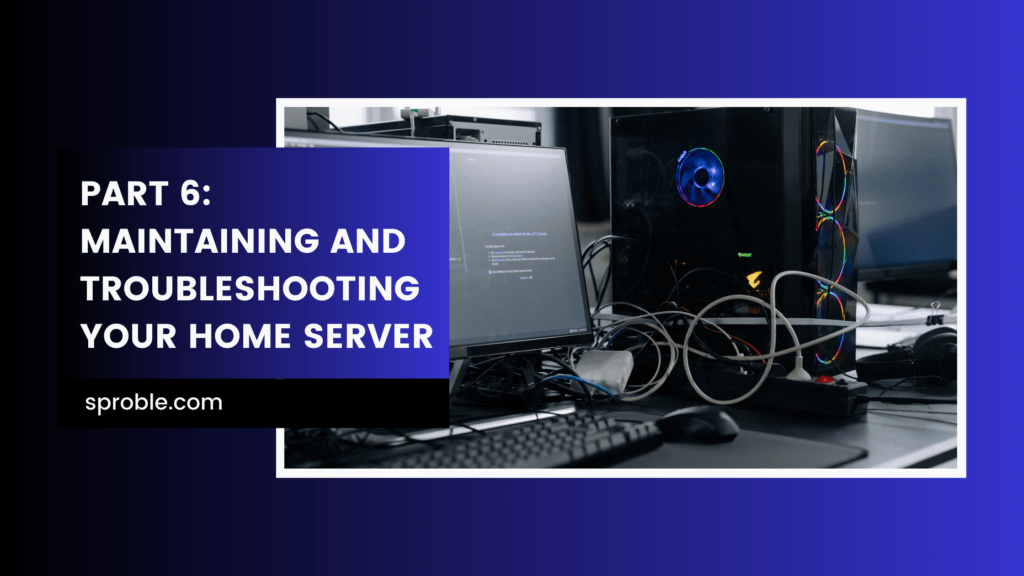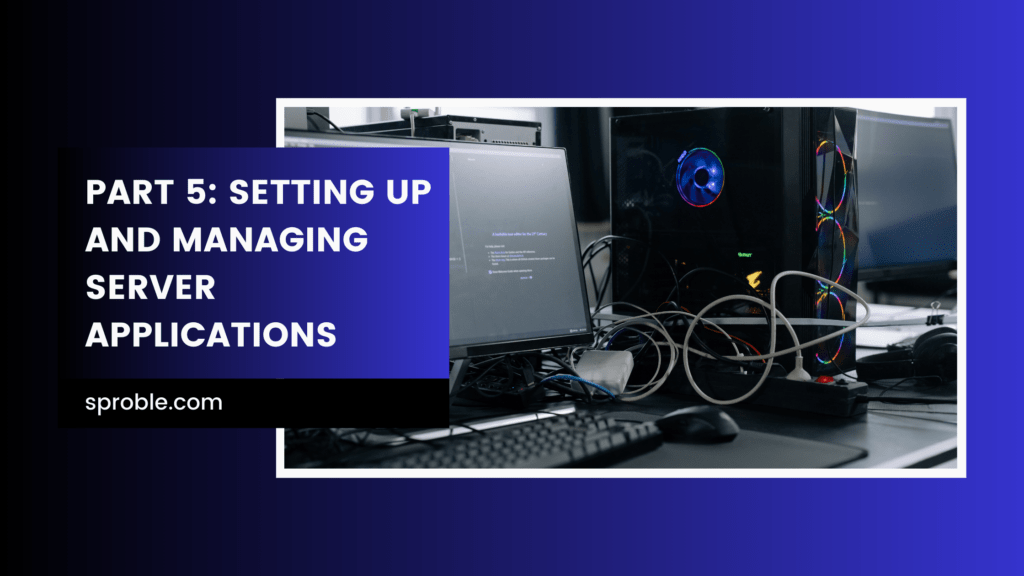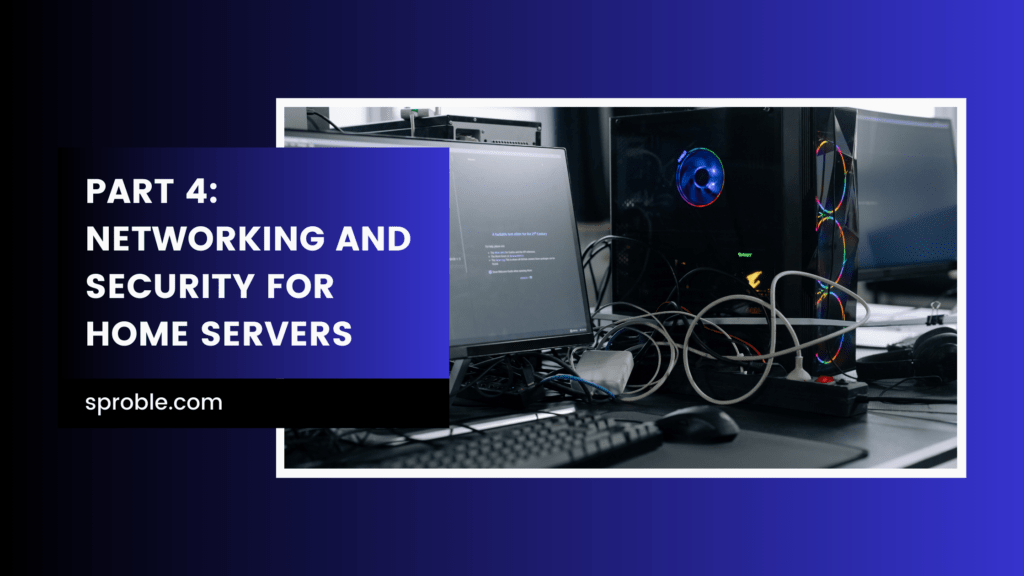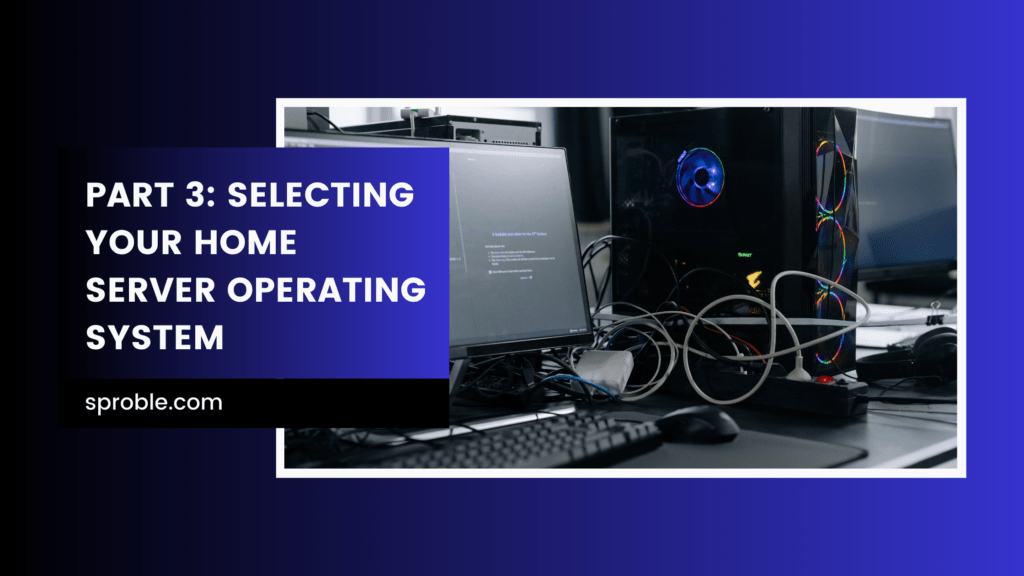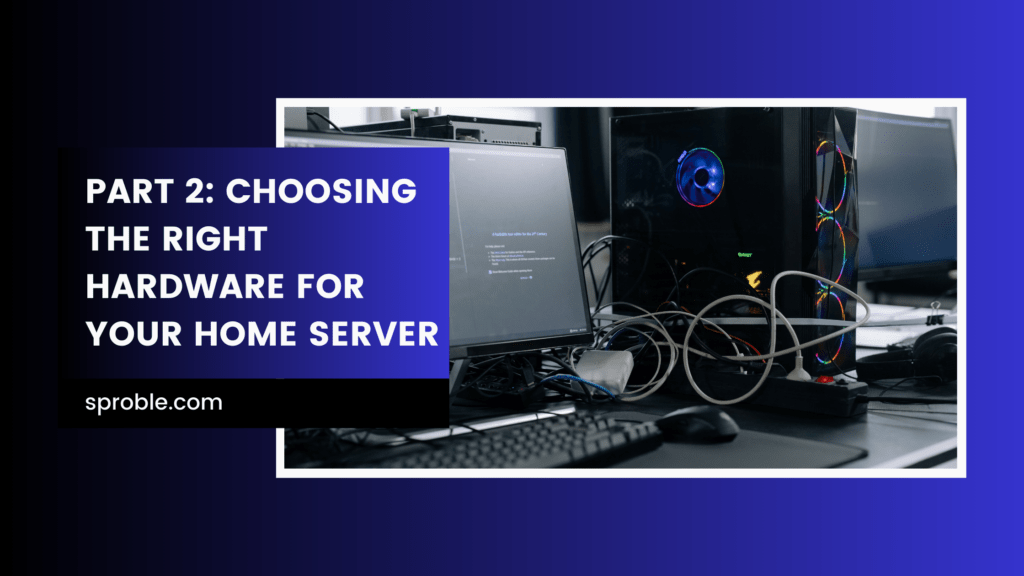What is Cyber Threat?
A cyber or cybersecurity threat is a malicious attempt that is done to damage computer network systems, access files, or entire servers and systems. Cyber attacks include threats like trojans, ransomware, rogue or unpatched software, worms, advanced persistent threats, and phishing schemes. However, This is now being very important to tackle these cyber threats.
Here is list of cyber threats
Cyber Threat list With Safety Measures
Realtime Cyber Threat Map
1. Social Engineering
Social engineering sounds like an offensive phrase. After all, developers build things, right? But in social engineering attacks, these resources are used to deceive people.
The biggest problems with social engineering is that it is exactly same as real resource. Interactions looks real and trustable, but the person on the other side of the email or controlling malicious code on a website isn’t who they pretending to be.
This is one of the common and dangerous attacks. Attacker targets company staff or employees to enter credentials and can fool employees into granting access to the wrong people compromising sensitive information.
Safety measures :
- Properly know the source of emails or messages
- Delete any request for personal information or passwords
- Reject requests for help or offers of help
- Always be mindful of risks
- Set your spam filters to high
2. Ransomware
The term ‘RANSOMWARE’ itself gives the idea of its nature. It is somehow related to some kind of ‘Ransom’ which means a sum of money demanded. These attacks use purpose-built malware to lock a business’ network and/or encrypt their data. Afterward, demand money from the user or firm to unlock the locked files.
After getting into the system Ransomware displays message demanding payments mostly in the form of Bitcoins.
The new ransomware is smarter than ever. It encrypts the files so that it impossible to crack open the locked files. As a result, the user doesn’t have any way another way to gain confidential data that the attacker has encrypted.
Read our article :- What Ransomware is all about?
Safety measures :
- Keeping our Operating System up to date.
- Keeping our Anti-Virus up to date.
- Creating back up for the most important files either in a secured hard drive or in secured cloud storage.
- Do not open any email attachments from unknown senders.
- Be careful while opening and downloading from any unknowing third party websites.
3. Distributed denial of service (DDoS) Attacks
A distributed denial-of-service (DDoS) attack the goal of these attacks is to exhaust the resources. Hacker’s targets are server, service, or network. The single HTTP request is easy to execute on client side but can be difficult for the server to respond. The attacker sends loads of requests to the server keeping server loaded or busy. Hackers can even run multiple database queries.
DDoS attacks are no longer is a simple denial of service attacks. Rather, they are increasing their potential harm and used as a smokescreen to camouflage other cyber-attacks, including data breaches and financial fraud.
Safety measures :
- Network Hardware Configuration against DDoS attacks
- Purchase more Bandwidth
- Protect DNS Servers
- Anti-DDoS hardware and software modules
4. Unpatched Vulnerabilities
Businesses are mostly targeted with their software programs. These programs are used by various companies and have various vulnerabilities. Manufacturers release patches all the time to address vulnerabilities in their operating systems, software, and other technologies.
Even though the patches are released IT security professionals do not apply them in a timely manner because of responsibilities to manage. These loopholes are then identified by hackers and they target these businesses. This can lead to the risk of a cyberattack or can lead to downtime and also cause reputational harm.
Safety measures :
- Create and adhere to a comprehensive patching schedule.
- out-of-date software should be patched to the latest security version as soon as such patches become available.
- You should actively check for security patches and updates every 2-3 weeks at least.
5. Internet of Things (IoT) Threats
The Internet of Things (IoT) connects devices from all over the world through the internet. Examples of IoT technologies in the workplace include everything from smart wearables, automated home appliances technologies to Remote health monitoring, and even “smart” vending machines that can order their own refills.
Listed down below of vulnerabilities in IoT:-
OWASP Top 10 IoT Vulnerabilities
- Weak Guessable, or Hardcoded Passwords
- Insecure Network Services
- Insecure Ecosystem Interfaces
- Lack of Secure Update Mechanism
- Use of Insecure or Outdated Components
- Insufficient Privacy Protection
- Insecure Data Transfer and Storage
- Lack of Device Management
- Insecure Default Settings
- Lack of Physical Hardening
Safety measures :
- Map all connected devices.
- Change default passwords and settings
- Patch vulnerabilities
- Apply network segmentation
6. Spear Phishing
In phishing attacks, Hackers research and create a mail that appears legitimate. If you see an email from the company’s CEO or Higher authority asking for reports or other information, then this attack is Spear Phishing.
Because of legitimate looking email employees gets in the trap of hackers and respond to that mail with requested information.
Safety measures :
- Think Before You Click!
- Check email address twice
- Install an Anti-Phishing Toolbar
- Deploy account-takeover protection
- Train staffers to recognize and report attacks
- Maximize data-loss prevention
7. Spyware Threats
Spyware is a malicious program that found its way into your computer or mobile device and resides there. Spyware’s purpose is to collect information in order to use it later or to send it back to the attacker who can use information.
Spyware gathers your personal information and relays it to advertisers, data firms, or external users. Spyware is not always detected by antivirus programs because it doesn’t always form malicious software (malware).
Safety measures :
- Keep your protective programs up to date.
- Allow the auto-protection feature of these programs to run.
- Do not run programs as an administrative user.
- Reduce your use of cookies.
Unifi Dream Router: Unleashing Its Power Across Homes, Businesses, and Beyond
Part 6: Maintaining and Troubleshooting Your Home Server
Part 5: Setting Up and Managing Server Applications
Part 4: Networking and Security for Home Servers
Part 3: Selecting Your Home Server Operating System
Part 2: Choosing the Right Hardware for Your Home Server
I hope you liked our article on Cyber threats. So, do click “Add Your Comment” below. If you’d like to contact cybercrip’s editors directly, send us a message.


